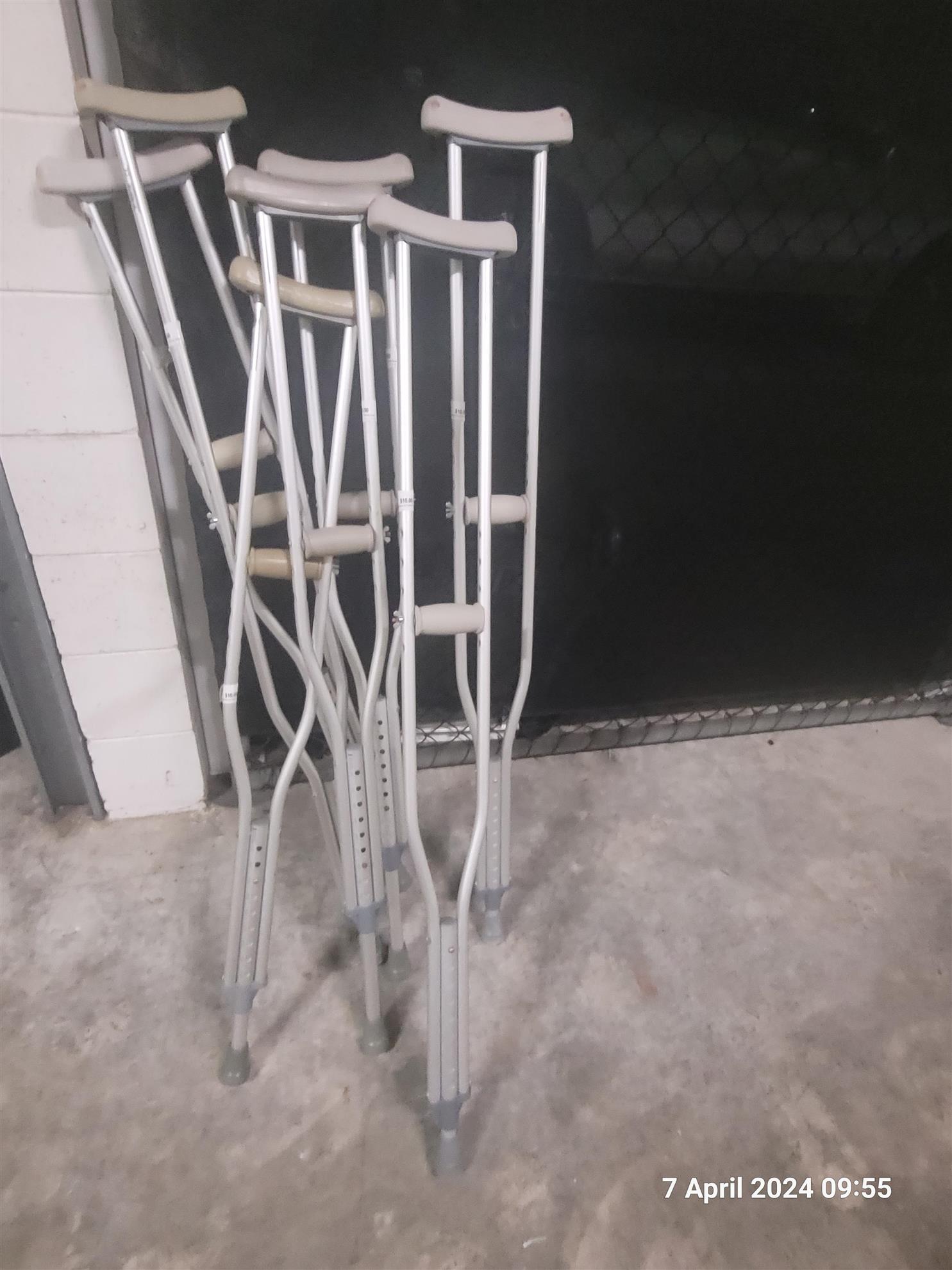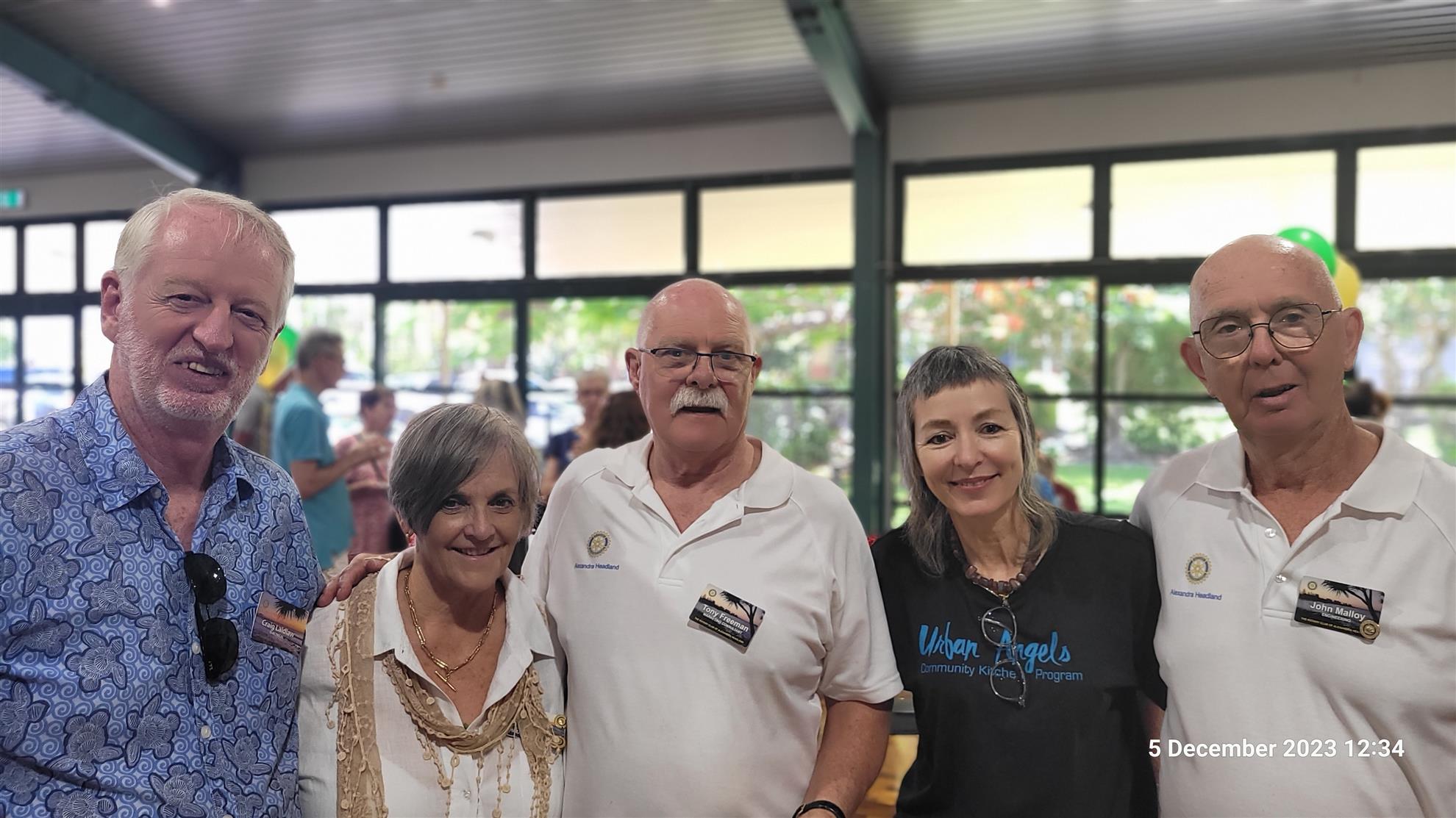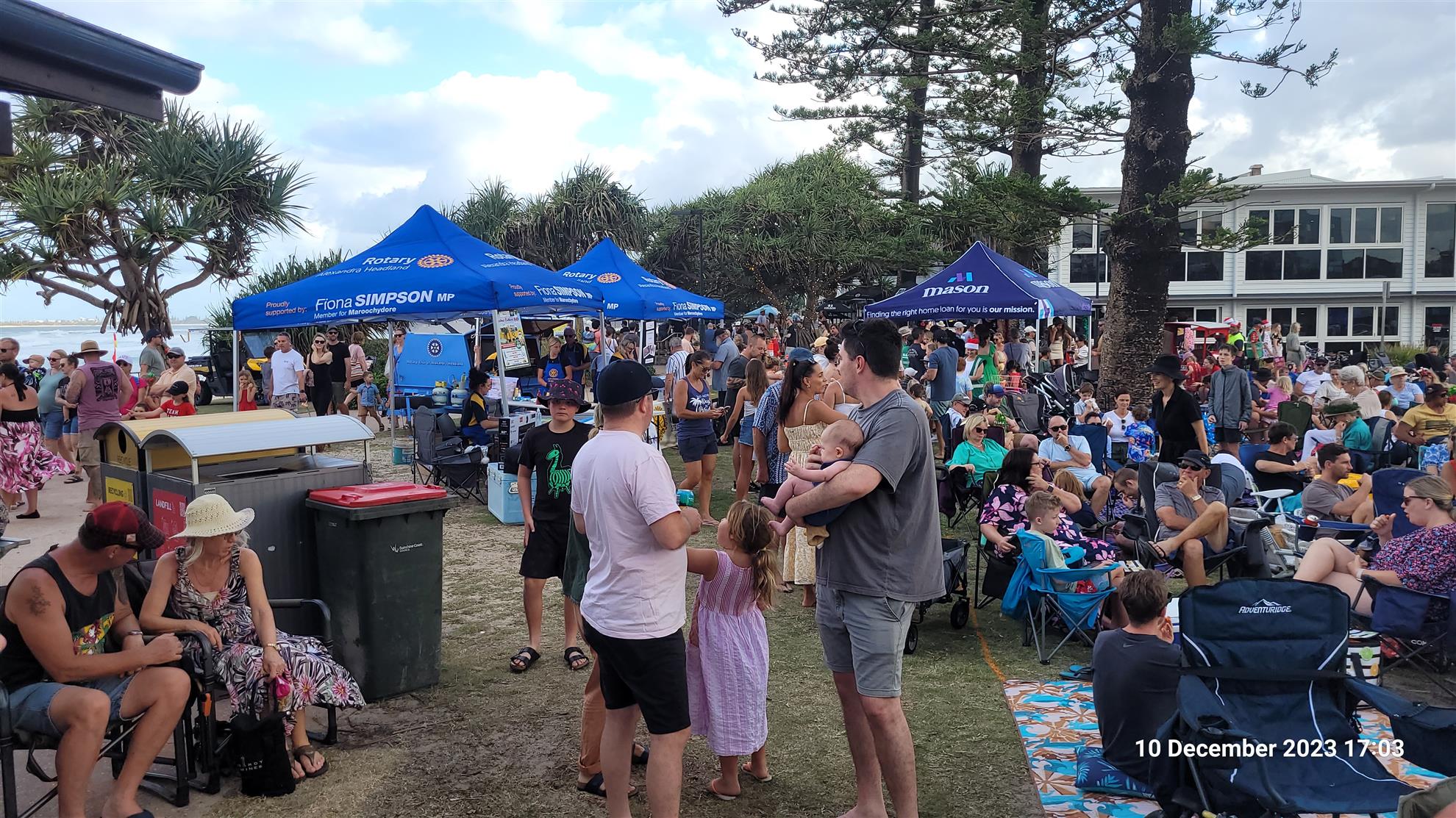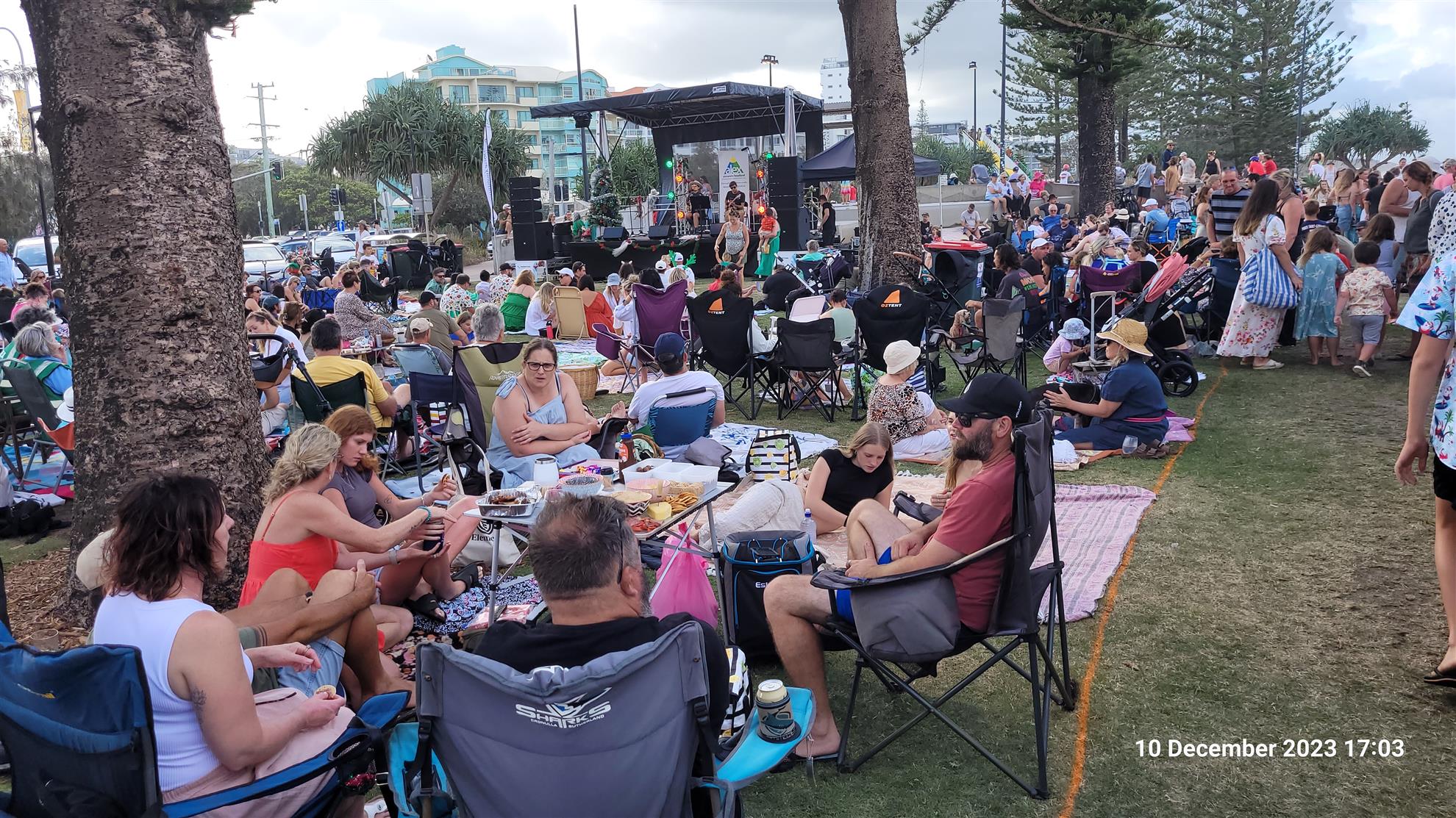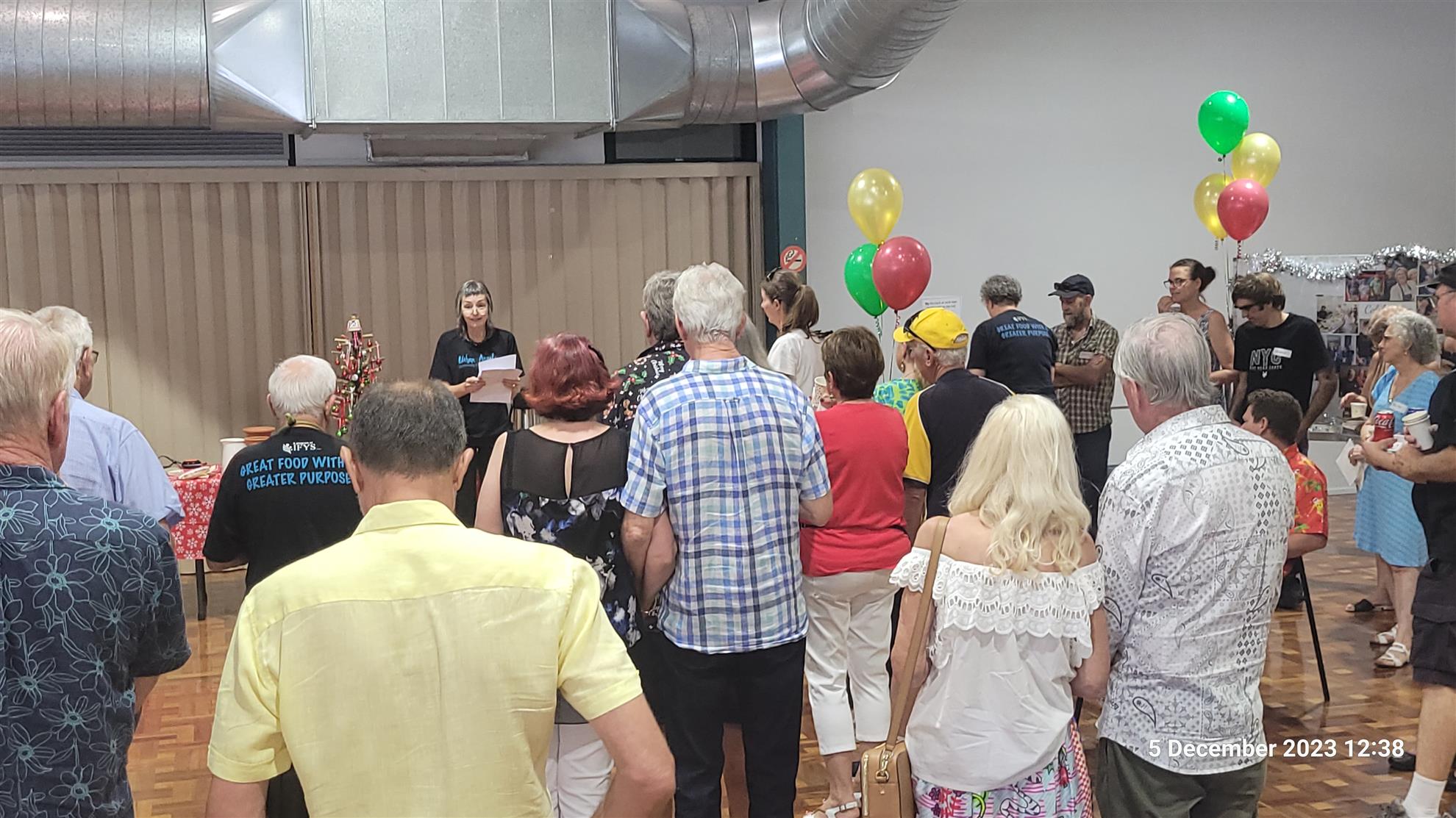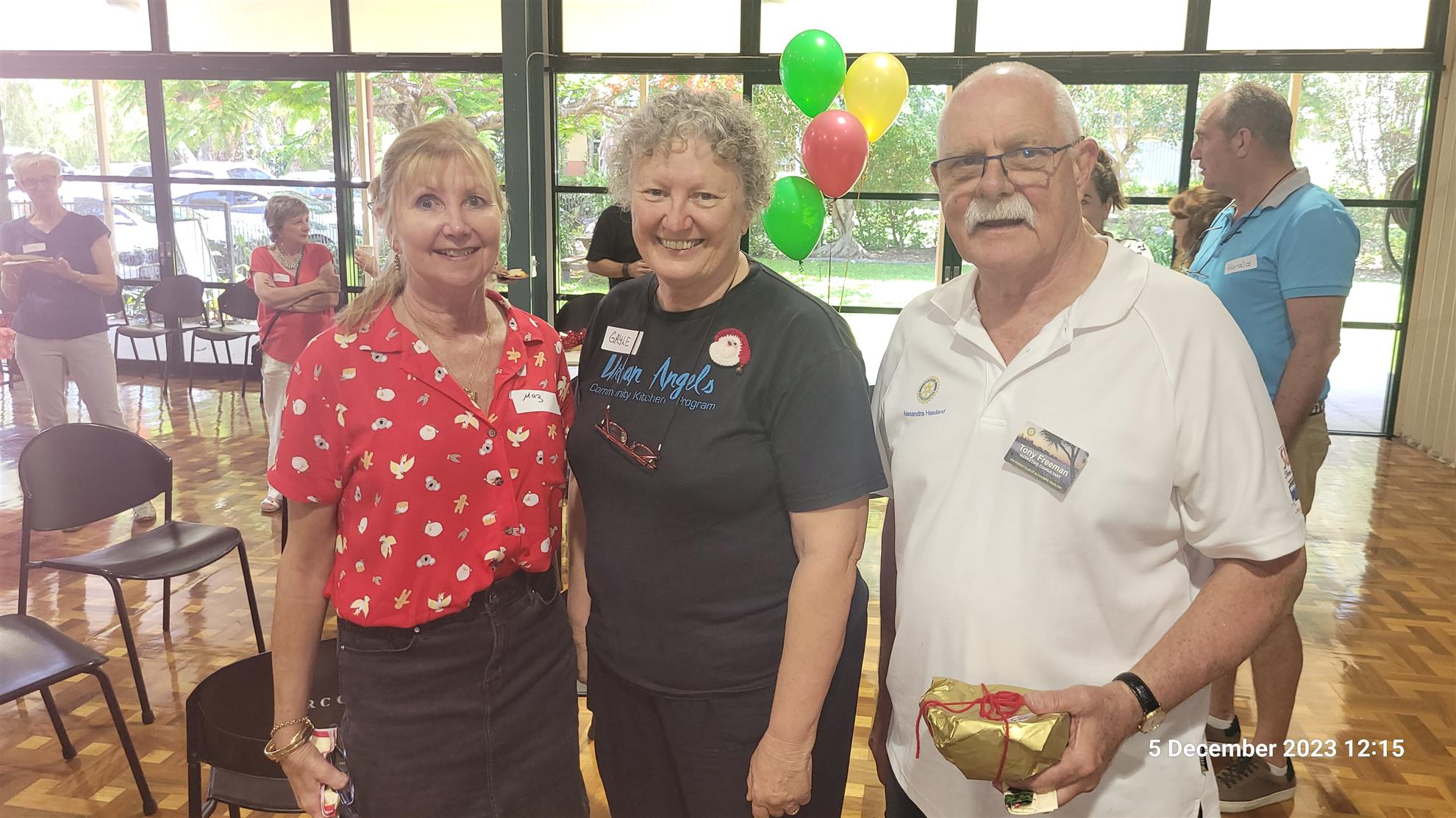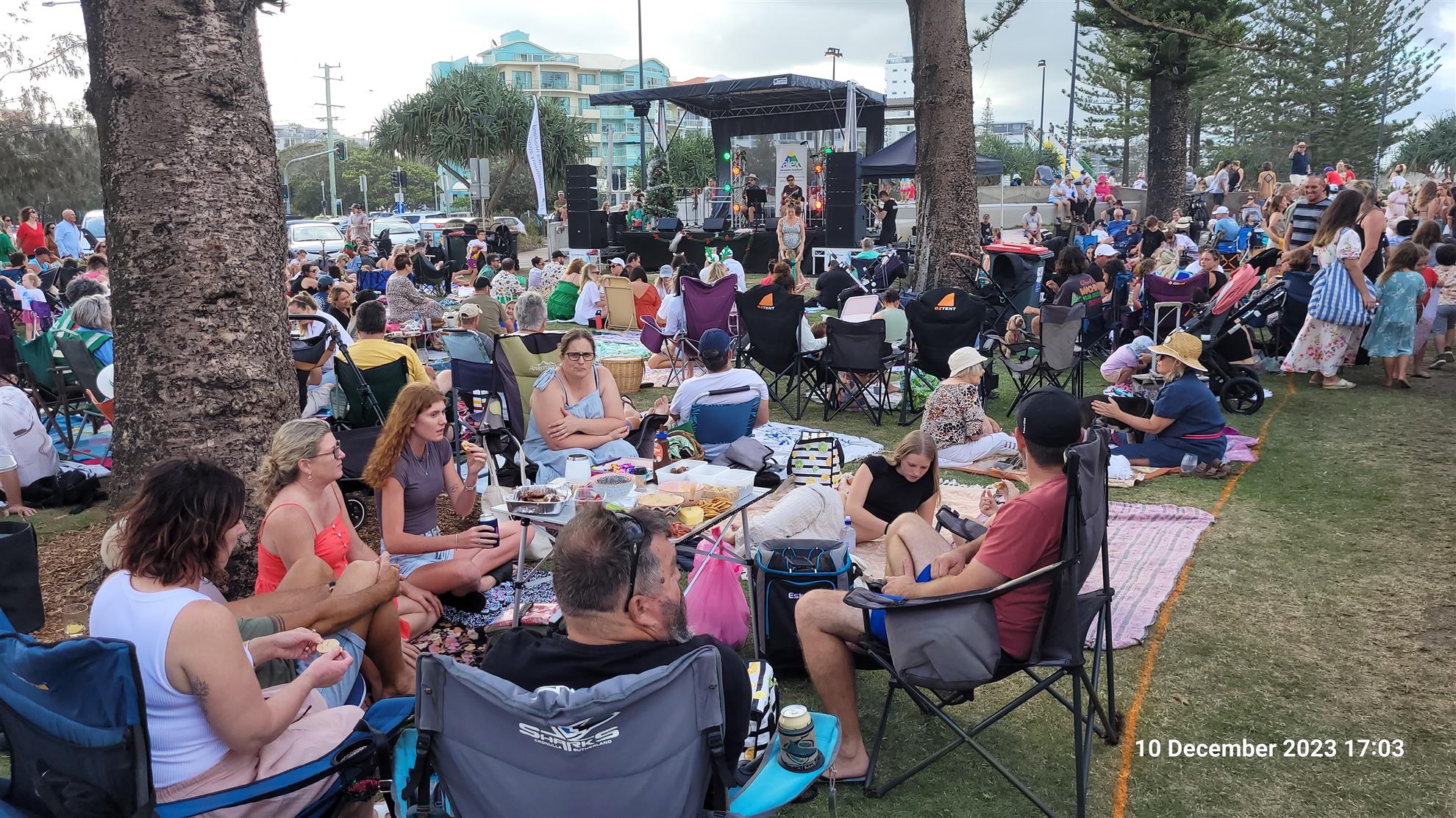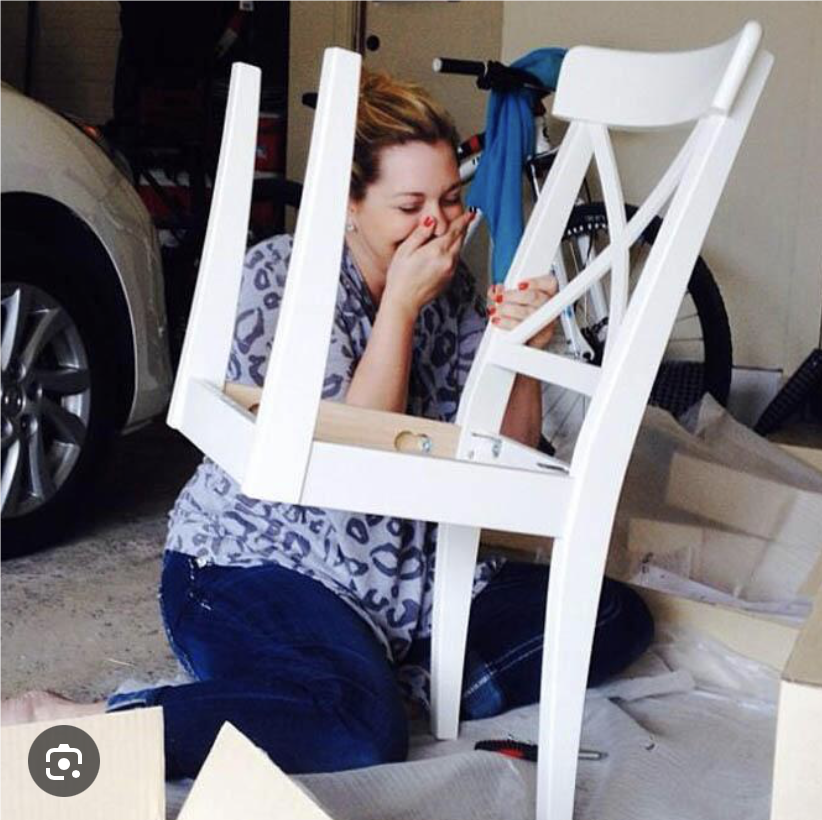Lilly House - Monday Morning working Bee
RYDA - can you spare a few hours - you may save a life?
On 23rd April the club is invited to chaperone high school kids to facilitate one day of road safety awareness that is saving lives, amputations and tragedies on the Sunshine Coast. Did you know that you are 5 times more likely to be involved in an accident on the Sunshine Coast if you are a young driver?
This program, originally started by Rotarians, and now delivered around the region discusses and improves driver awareness, road safety and has a demonstrable impact on young driver behaviour.
Here's a call to arms from our President Elect..
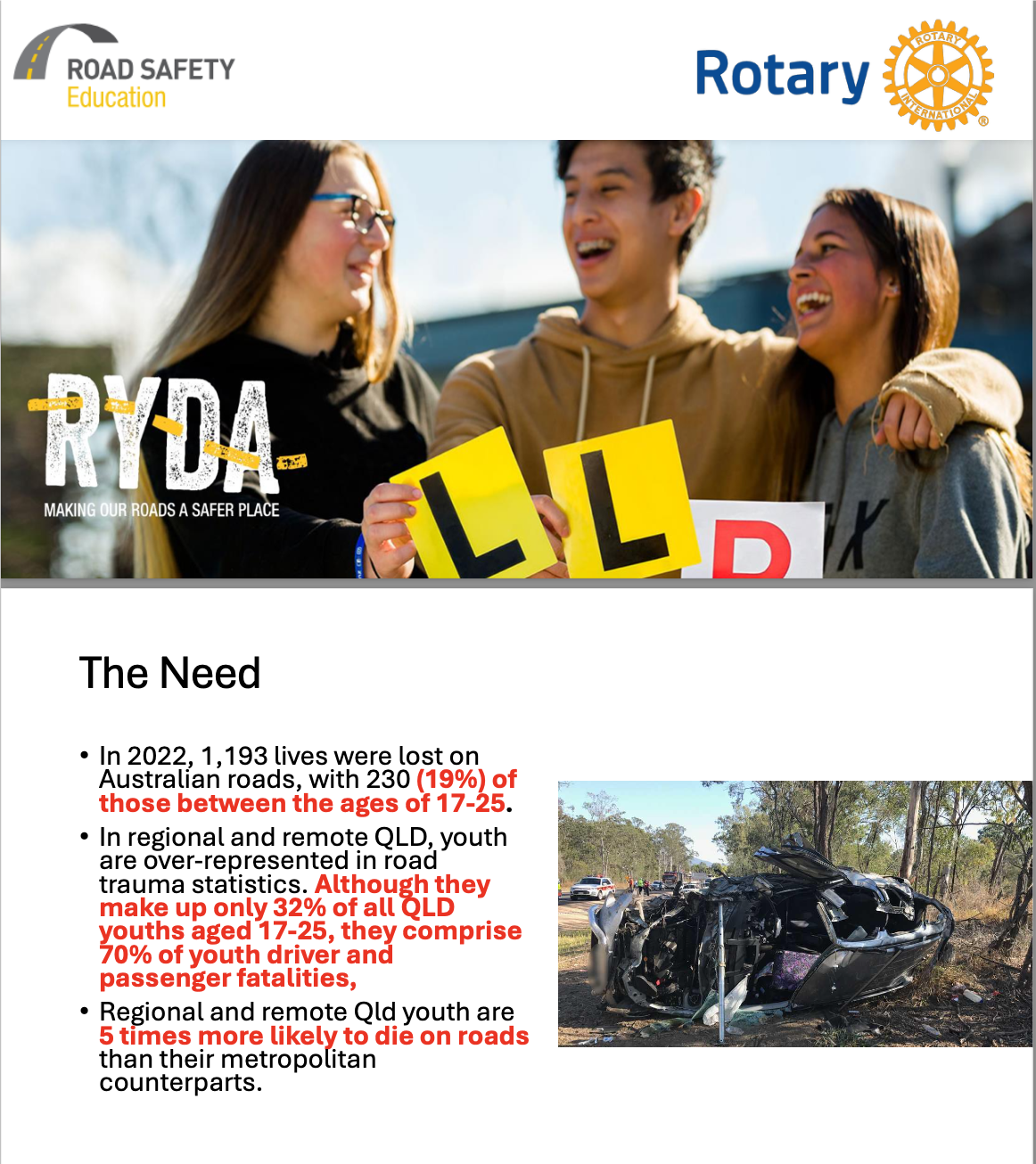
Win-Win for Rotary and AMPOL..is there a message there for Alex?
JoAnne spoke on the benefits of partnership at her Rotary minute on Wednesday. The relationship with the business started small, with a cookery book publication during COVID and has now blossomed into a permanent win-win arrangement for Rotary, the business and the community.
It beggars the question...is there some business on the Coast that wants to do good in the community, improve its relationship, and where Rotary and Rotarians can provide that bridge between business and community?
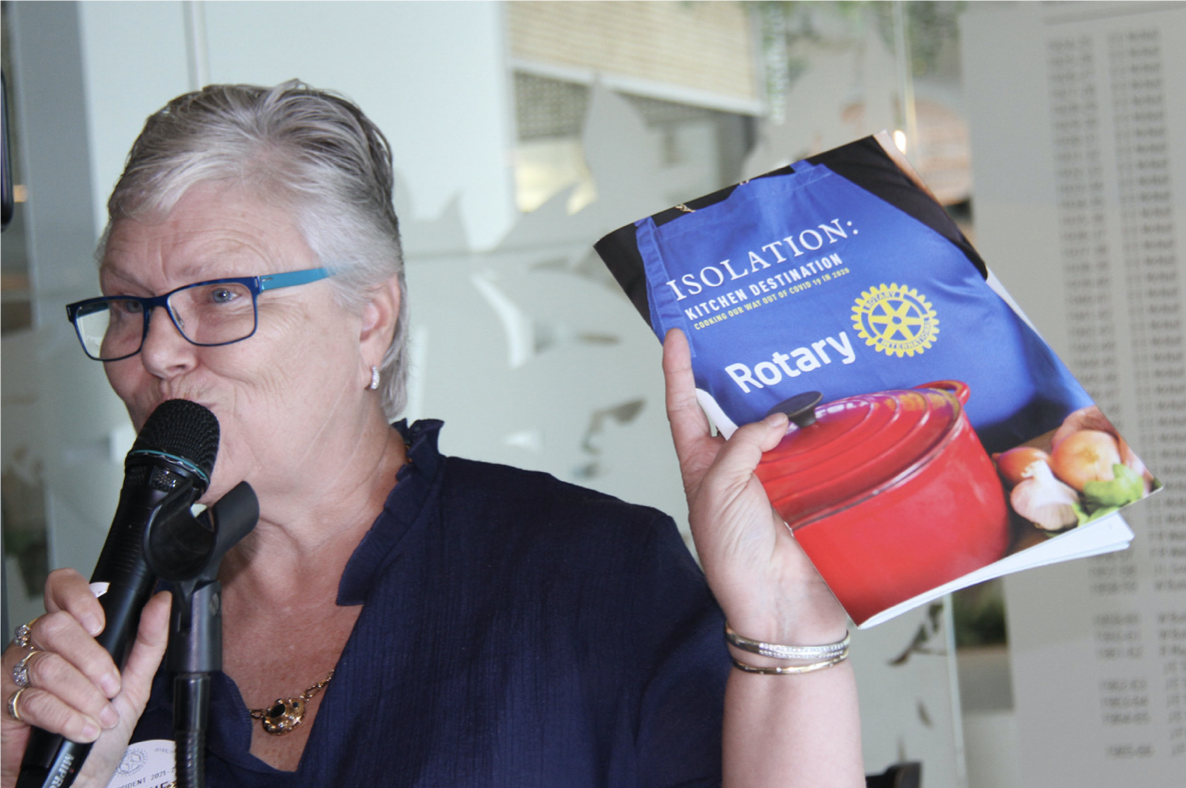
The business concerned (AMPOL) now has a direct channel to community matters through the Manly Rotary club, where AMPOL supports the Many Rotary Youth and community programs.
The community now has some certainty over the programs that Rotary delivers and Rotary does what is does best....“making a difference”.... to lives in the community.
A very thoughtful Rotary minute. Thank you JoAnne.
Garden Makeover anyone?
"One of our general foster carers in need of a garden tidy up. She has been caring for a couple of years now and done a great job in supporting some complex Intensive Foster Care placements.
She is a single carer and late last year injured her leg which resulted in her having limited physical capacity for months. Her garden is one area that has suffered, and we would love the opportunity to assist in bringing it back to life and taking one concern away from her so she can focus on the little people in her care."
President Tony is on to this. So stay tuned.
Memories - don’t lose them, write them down
Our guest speaker and guests on Wednesday was Pam Wood local author and friends June and Donna, who spoke about their involvement with Sunshine Coast libraries and the written word and the impact it can have on folks. The writers group met at the Woombye Bowls during COVID attracting a diverse group of professionals, then an anthology by the University of the 3rd age in Hervey Bay inspired Pam to produce a collection from her group here on the Sunshine Coast.
Along the way the benefits in friendship, fellowship, encouragement and support helped bond the group and gave direction and purpose. The mental health benefits were clear.
The group are now looking for financial support to publish the anthology, and received feedback from the club on several avenues that might support this project.
Thank you Pam for an interesting talk.

Pride of Workmanship - dateclaimer
Our Pride of Workmanship evening is coming up soon, so if you know of a Sunhine Coast business who might want to reward an employee with some recognition for their services, or have an employee in mind yourself, have a chat with Mike and find out what its all about.
Have you been scammed yet?
Statistics say that its only a matter of time.
So do yourself a favour and check out our upcoming speaker, from the Office of Fair Trading who will talk to the club about the various ways and means that folks are being scammed and what you can do to protect yourself.
If you think it can't happen to me, well you need to know that it happens to folks every day who thought the same thing.
- Would you recognise a scam webpage if you saw it?
- Where do scams contact you...and its not on your computer screen?
- When are you going to receive that gold bar from that Nigerian Prince?
- Want answers? then roll up meeting on April 17th.

Swim News - Scott and Dean step up to help
The hunt for Swim sponsors for Inclusive Kids programs is on and we were delighted to welcome back past sponsors Structures, AKA Scott Brimelow, Past President of the club who stepped up to the mark again (Thank you Scott) and Cricks VW AKA Dean Stuart (thank you Dean). Dean has been a great supporter of Inclusive Kids and Alex Rotary Kombi Shows in the past.
Their support is all the more welcome, because it gives Inclusive Kids and Alex Rotary a bit of a lift to know that there are businesses out their who appreciate what the volunteers are doing in the community.
In late news there was a surprising offer of sponsorship from an organisation who spoke at the club recently. Check out next weeks newsletter.


Do you recognise this location?..The Aussies are coming. Put out posters.
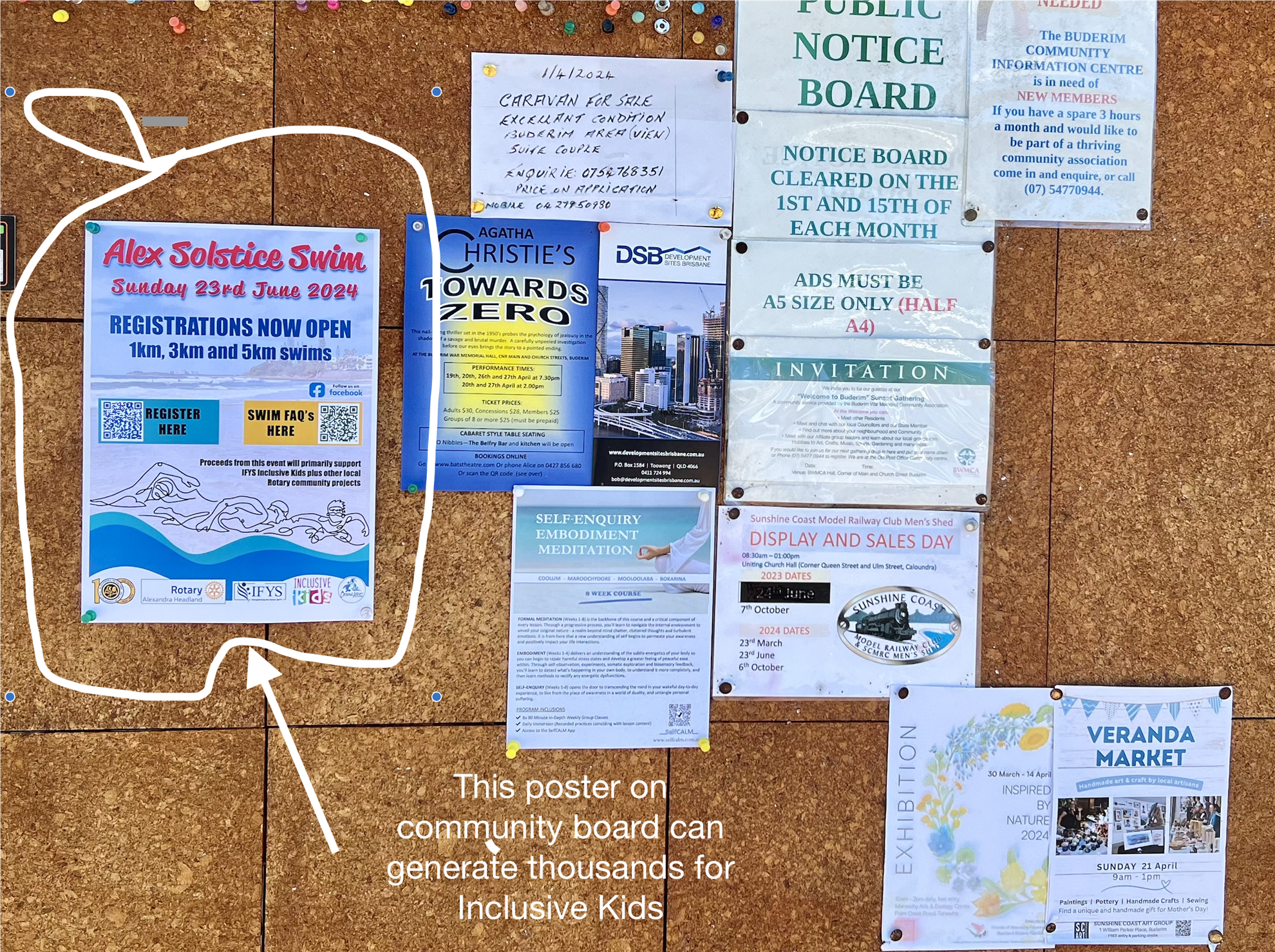
Neighbours Aid calls out to Alex Rotary
